It’s been a while since I’ve written in the blog. Life has engulfed my family with many changes and challenges: we are expecting an addition this spring, my oldest has started school, my youngest has gotten really involved in dance and painting. I’ve gone through an emergency surgery during the first trimester. The garden beckoned with its bounty to be harvested and structures being prepared for winter. Two children’s birthdays and Halloween have been celebrated, and now I have a craft fair to prepare for. Boredom does not get a foothold.
I’ve just listened to a thought-provoking podcast by Katy Bowman, and realized I have to write about it. Katy takes the discussion on nutritious movement further to the concept of movement ecology. The core idea is that if you don’t have to move to achieve something, someone else does/did/will have to. As an example, Katy uses making tea with tea bags versus tea leaves: it takes more effort to steep tea leaves and strain the tea than it does to throw a tea bag into a cup and pour water on it. Someone had to put the leaves in the bag (whether that it was done by people or machinery) and package them in order for us not to have to. Someone had to invent, test, and manufacture the first tea bag. We can take that example further to the need to grow and harvest the tea leaves. The fact that we don’t have to means that someone else did.
The movement required to achieve a task may involve people, animals, machinery, inventions. It can span years or even centuries — something that has been invented over a 100 years ago is simplifying our lives today, sparing us the movements needed to achieve the same task without the helpful invention. Before we could take a train, thousands of people had to move to invent, perfect, and build the engines, the stations and the railroads. Without their movements, we would have to ride horses and carriages. Without people who moved to build carriages and raise horses, we would have to walk.
If we look at movement from this standpoint, we can see what movements we are NOT doing. If you are using a stroller, you are not carrying your baby. If you are using a baby carrier, you are engaging your body differently than if you were carrying your baby in your arms. The baby gets a different load on their tissues and bones based on how they are carried. In the modern Western society and its nuclear families, we have to resort to carriers or strollers, as we cannot possibly be holding the baby 24/7 in our arms — we need to eat, sleep, take care of ourselves and other family members. In other societies, multiple adults might be holding the baby letting the mother take care of other needs, or the baby might be riding on a mother’s hip in a carrier all through the day as she goes about her work, or the baby might be stuck in a crib for a large part of the day. In every case, the loads on the mother’s body and the baby’s body are affected by various devices, family structure and needs, work and home requirements. In every case, the movement our bodies go through are affected by movement done or not done by someone or something else. Someone had to invent a stroller, create it, test it, package and market it, ship it to a store, thus allowing us to use it to avoid the need to hold the baby in our arms for long periods of time.
We can buy food at a grocery store or we can grow our own in a garden. First task would involve driving/walking/cycling to a store, picking out food, paying for it, and getting back home. Second task would involve multiple activities of tilling, mulching, weeding, bending, squatting, seeding, planting, watering, harvesting. Both ways work to get the end product. The movement involved in either is different. In order for us to be able to get food at the store, someone else had to do all the movement involved in growing food and getting it into the store for us to find. They might have done it by hand, with tools or machines. There was movement done by someone else involved in creating, building, and selling the machines or tools. If we are not walking to the store, we’d take into account the movements needed to create our vehicle, infrastructure to support it, activities needed to maintain and fuel it, all done by other people throughout many years.
Once we realize what movements ultimately need to be done to achieve any task and realize how much of those movements we are outsourcing, we can consciously choose which tasks we still want outsourced and which we’d rather perform ourselves. Getting food from a store requires certain movements. Growing food provides a variety of different movements that shape our bodies differently and provide a different life experience. Which is more important to you — saving time needed to acquire food for other movements or fully embracing all the movements that come with growing food?
Cooking is another good example — there is a wide range of acquiring a meal: takeout, warming up a packaged meal, eating a raw meal, cooking from partially-ready ingredients, or preparing your ingredients by hand from raw materials (think grinding your own flour). If you don’t need to grind your flour or milk a cow to acquire milk, someone else had to perform those movements. Are you willing to grind the spices by hand and make curry from scratch? It takes varied movement, creates a more flavourful meal and engages the body in seldom-used motions. It does, however, take more time. Do you really want something? Are you willing to maximize the movement required to get it? Are you willing to walk to a store to get raw foods, then prepare the ingredients, then create a meal? Do you want that meal bad enough? All these questions we can consider within the framework of movement ecology.
This post is barely scratching the surface — there are so many implications to consider, and I’m looking forward to Katy’s new book Movement Matters (coming out in mid-November) that talks about movement ecology in more depth. The more we think about sustainability, natural movement, the way our lifestyles affect our movement and thus our health, the more obvious it is that these questions need to be considered on more than a personal level. We need to think of movements within groups of people and their impact on the world.







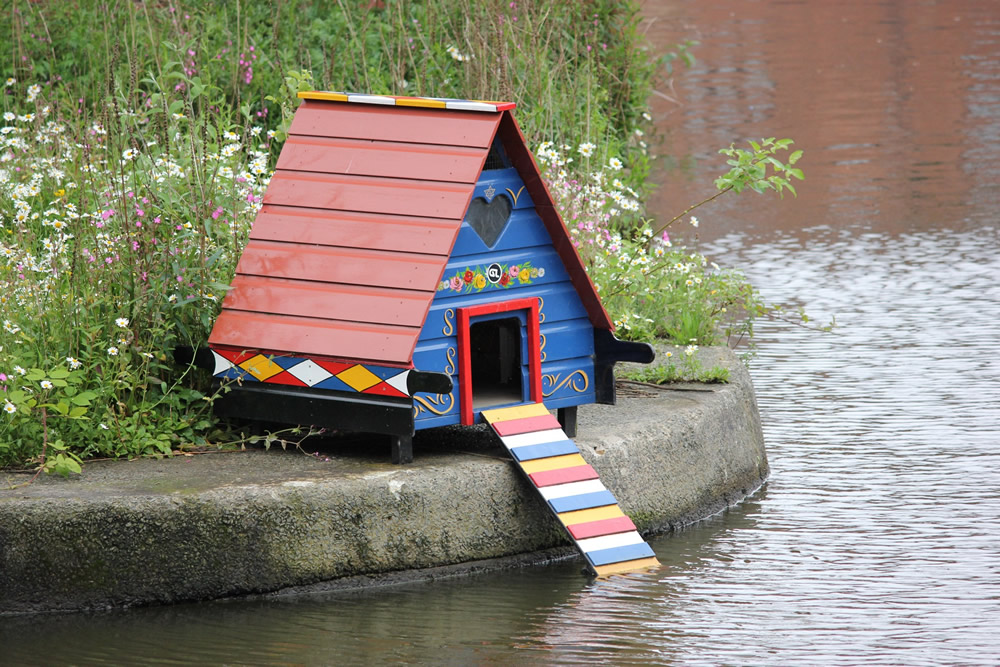


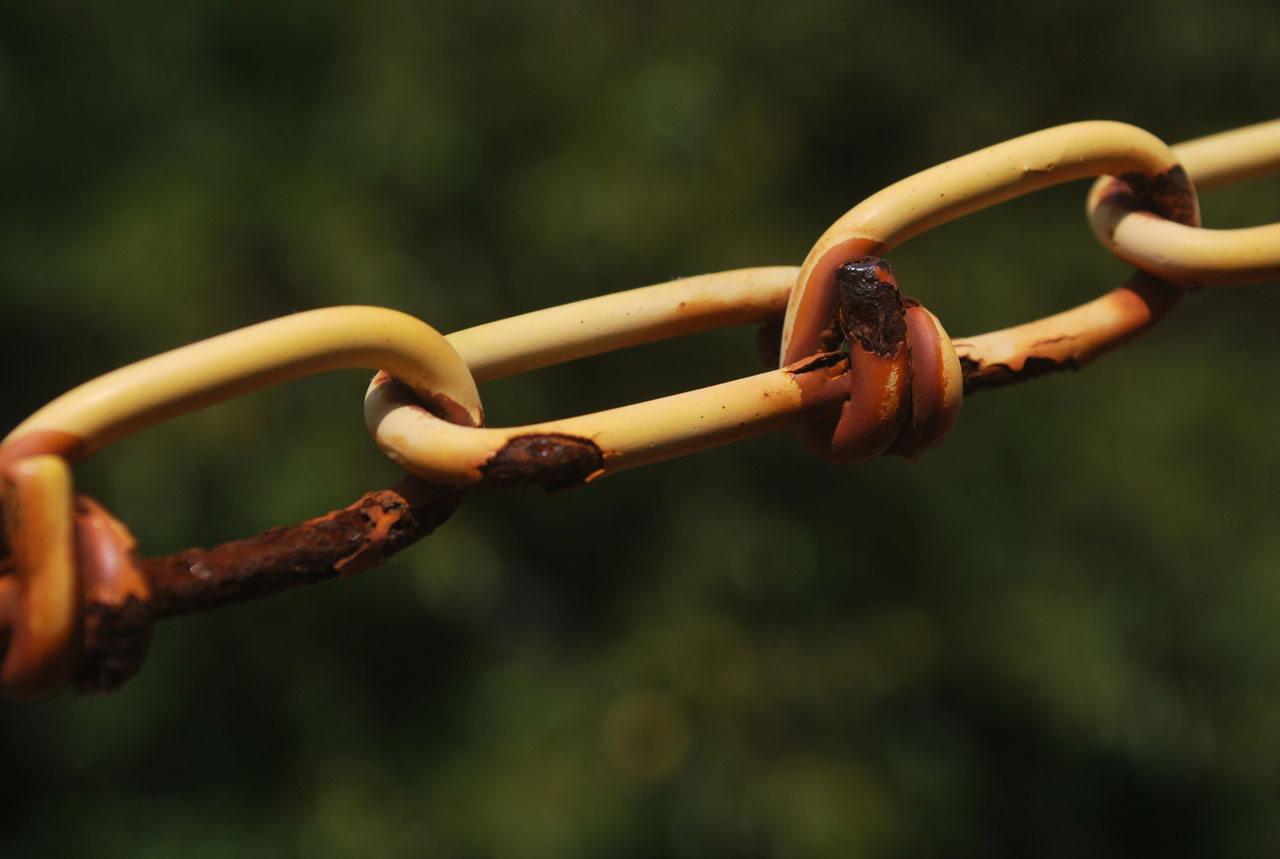

 To be resilient in the face of changes, one must let go of the need to cling to familiar and give in to uncertainty of life. Just as with good sex or a good birth, feel the rhythm, follow it, listen to your senses, and ride that wave. Let go and you’ll be more in control and feel more pleasure from the process than if you try to resist the flow. You cannot control life circumstances.
To be resilient in the face of changes, one must let go of the need to cling to familiar and give in to uncertainty of life. Just as with good sex or a good birth, feel the rhythm, follow it, listen to your senses, and ride that wave. Let go and you’ll be more in control and feel more pleasure from the process than if you try to resist the flow. You cannot control life circumstances. 
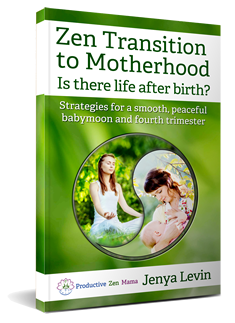
![never-ending-sotry-as-adult-1393712914[1]](http://fingeringzen.com/wp-content/uploads/2015/01/never-ending-sotry-as-adult-13937129141.jpg)

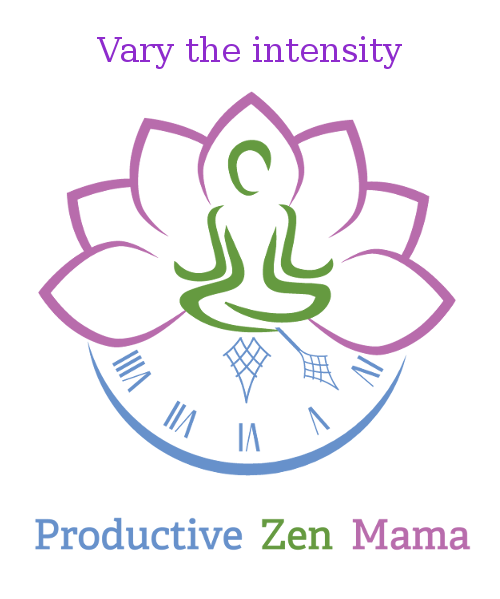
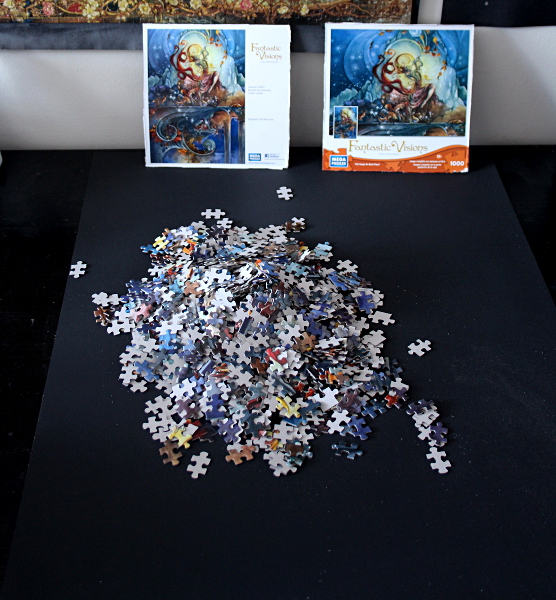

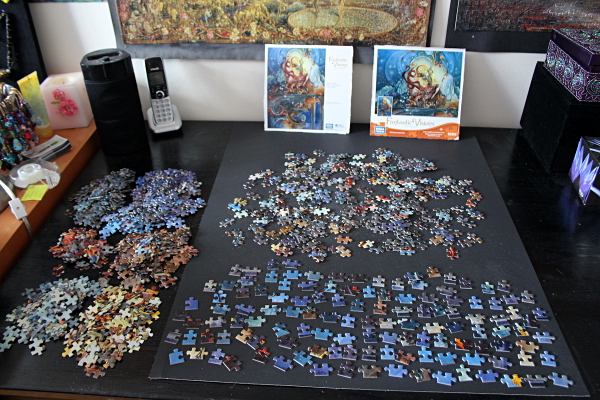
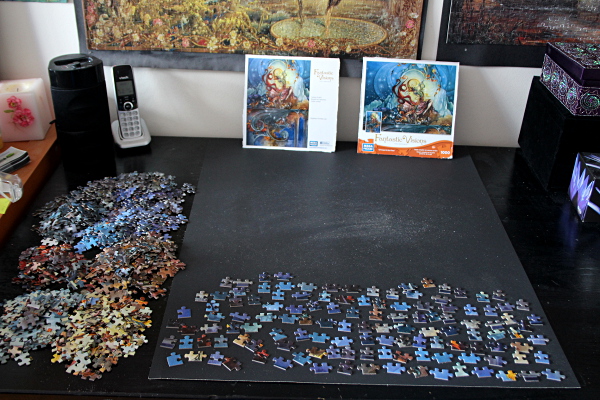
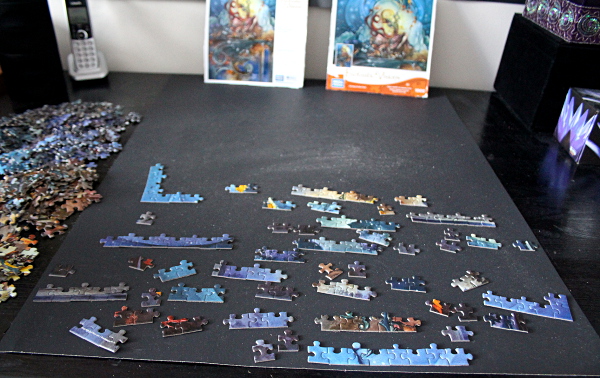
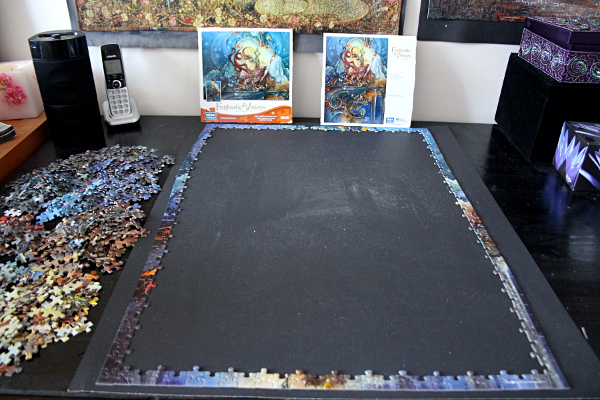
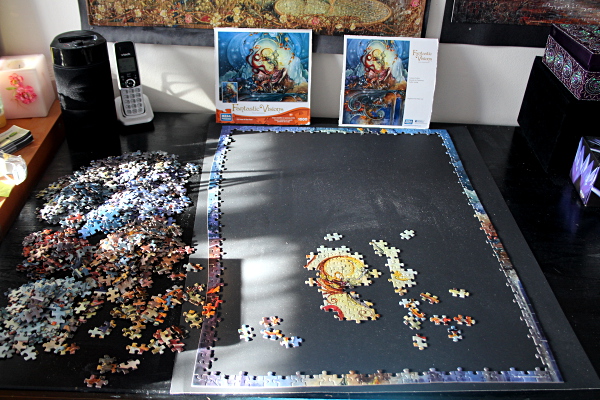
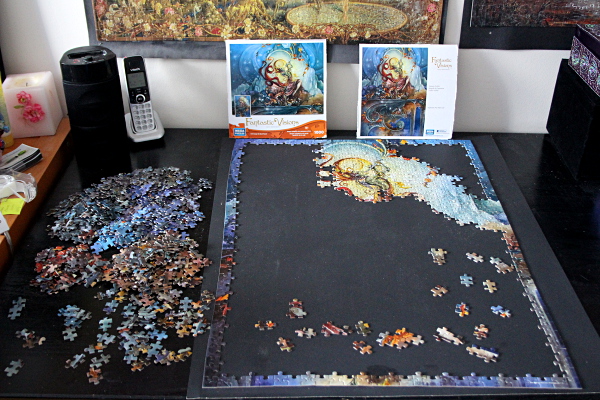

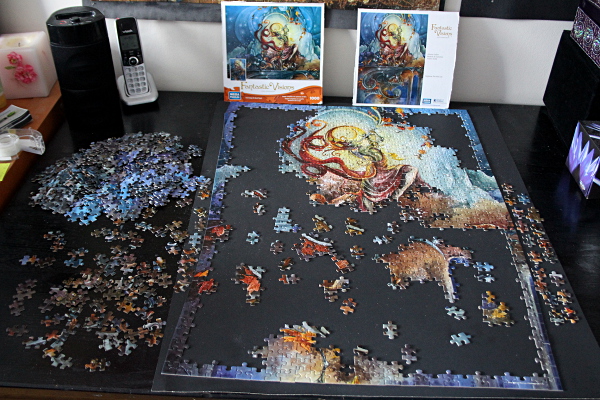
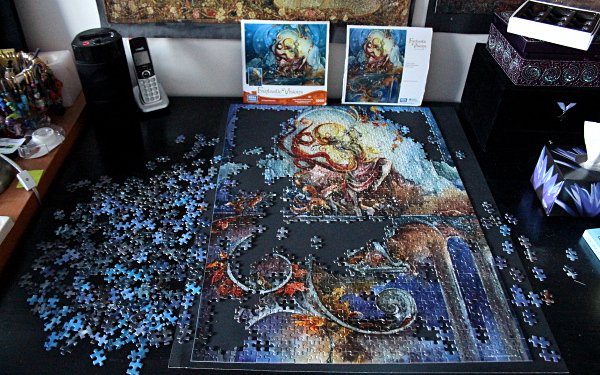
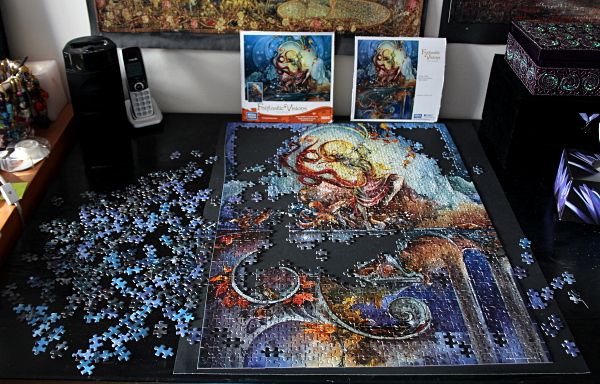
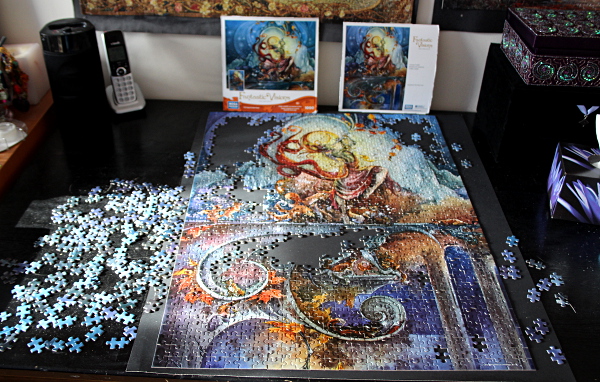


 I then take pieces of tape, wrap them into rings with the sticky side outwards and place them all around the puzzle perimeter: the bigger the puzzle, the more of these I use. Depending on the humidity level in your dwelling, the puzzle might warp somewhat, and the more sticky rings of tape are holding it to the wall, the better. I found that when the puzzle is taken off the wall, good tape leaves little trace if any. Poster mounting double-sided sticky squares can be used as well, but they might be hard to remove if needed.
I then take pieces of tape, wrap them into rings with the sticky side outwards and place them all around the puzzle perimeter: the bigger the puzzle, the more of these I use. Depending on the humidity level in your dwelling, the puzzle might warp somewhat, and the more sticky rings of tape are holding it to the wall, the better. I found that when the puzzle is taken off the wall, good tape leaves little trace if any. Poster mounting double-sided sticky squares can be used as well, but they might be hard to remove if needed. After enjoying the assembly of your beautiful puzzle, you can use it as a decorating piece. Puzzles of fantasy or fairy tale scenes are great for children’s rooms and creative studios, architectural puzzles make for good living room and hallway decoration, calm landscapes or sensual gothic compositions work well in the bedroom, and food or wine nature morte paintings can liven up the kitchen. Some people even laminate a combination of many puzzles to make them into the kitchen floor. May your inspiration and imagination be your guide.
After enjoying the assembly of your beautiful puzzle, you can use it as a decorating piece. Puzzles of fantasy or fairy tale scenes are great for children’s rooms and creative studios, architectural puzzles make for good living room and hallway decoration, calm landscapes or sensual gothic compositions work well in the bedroom, and food or wine nature morte paintings can liven up the kitchen. Some people even laminate a combination of many puzzles to make them into the kitchen floor. May your inspiration and imagination be your guide.